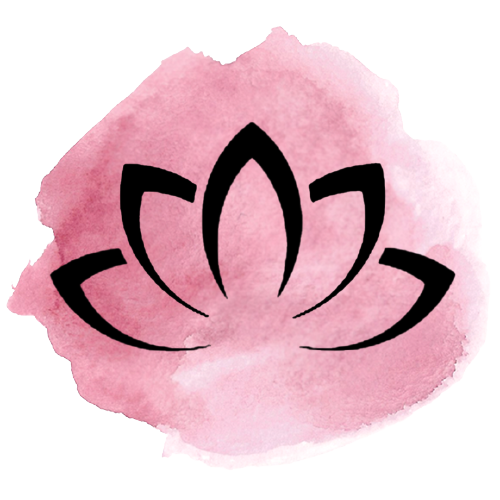Forgotten Stories
Taiwan has become a highly sought after tourist destination for many around the world, who have been seduced by images of the bustling night markets, the one-of-a-kind street foods, and the varied natural landscape. This is the imagery I grew up on as well. But there’s a piece of Taiwan that few people talk about, and one that is intertwined closely with my own heritage. Taiwan was once inhabited by many groups of indigenous peoples (to date, there are 16 distinct groups officially accounted for). My mother’s side of the family comes from the Paiwan people, who, like the other indigenous groups in Taiwan, were, for centuries, subjected to colonizing powers that included Dutch, Spanish, Japanese, and Chinese authority. A story that is likely familiar to many of us ensued: the indigenous people fell under pressure to assimilate and a loss of culture and language followed and continues to this day.
When I went to Kaohsiung this summer, I asked one of my aunts if she could take me to Pingtung, where my mother was raised during the early part of her childhood. I hadn’t been there in more than 10 years, and the only relatives I was aware of who lived there have since passed. I was prepared to see a Pingtung that is very different from the place my mother probably knew. My aunt, who had taught for a decade in an elementary school within walking distance from where my mother grew up, agreed to make the hour-long drive into the mountains so that I could see it for myself. I still have so much to learn, so much reading to do, but the trip was an excellent primer that hit close to home. -Alyssa, Lotus Magazine Co-Founder
The lush mountainous landscape is a part of the Paiwan peoples’ identity. When my mom talks about her childhood, she mentions her life “in the mountains”, joking that the indigenous peoples have powerful voices from shouting across mountains. My aunt also told me that Paiwan residents of the area shared that rumor has it that when it was announced that the aboriginal people were to choose a Han name, people raced down the mountains to pick first. So the story goes that the simplest surnames to write were taken by those who ran quickest. The mountains also lend spiritual significance protection to its residents, suggesting great appreciation for the natural landscape.
The traditional clothes are colorful and oftentimes decorated with hand-painted beads, shells, and boar tusks. I have a set that my great-grandmother hand-made when I was very young.
Colorful glass beads featuring all kinds of patterns are also found in artwork throughout Pingtung and are frequently integrated in the traditional clothing as well. As the story goes, Paiwan ancestors made these beads with dragonfly eyes. Each bead’s pattern represents different meanings and legends. My mother had shown me some of these beautiful glass beads in my youth, but I didn’t know the significance of them back then, so it was beautiful to learn about them now and to purchase glass beads of my own from the local artisans that make them today.
Stacked stone slates are a common sight for houses of nobles and buildings. These were a unique sight for me, but the stone slates are a staple, used not only for building, but oftentimes for cooking as well (different types of stone).
I actually had never had traditional Paiwan food. Admittedly, I didn’t even know what that entailed until my aunt brought me to a small family-owned restaurant in Sandimen, a village adjacent to where my mom grew up! I had leaf-wrapped food (cinavu), which uses khasya trichodesma (Trichodesma calycosum) to wrap pork, millet or powdered taro. Millet reminded me a bit of quinoa, texture-wise, but it was softer. The food we ordered was delicious!
Motifs
A snake with a diamond pattern is a common motif seen everywhere. This snake is called the hundred-pace viper, so named because legend has it that after one has been bitten, they can take no more than 100 paces before the venom kills them. This lethal snake is featured heavily, because in the Paiwan origin story, the Paiwan people were hatched from eggs in a ceramic pot, which was guarded by the hundred-pace viper.
The round ceramic pot plays a central role in the Paiwan origin story. There are “male” and “female” pots: “male” pots typically feature the hundred-pace viper, and “female” pots typically feature two nipples. They are used to hold sacred items and are considered an important household item.
Check out Lotus Magazine’s September/October 2022 Issue for more content!








